Hi there, pet lovers! 🐍
Few snakes spark as much fascination—and caution—as the Death Adder. With its viper-like appearance, lightning-fast strike, and potent neurotoxic venom, this elapid (despite its name) is a master of ambush predation. But does that make it a suitable pet? In this detailed review, we explore everything from its temperament and care requirements to the serious risks of ownership.
Whether you’re a venomous snake enthusiast or simply curious about this deadly reptile, this guide will help you understand why the Death Adder is one of the most dangerous yet intriguing snakes in the world—and why it’s not a pet for the average keeper.
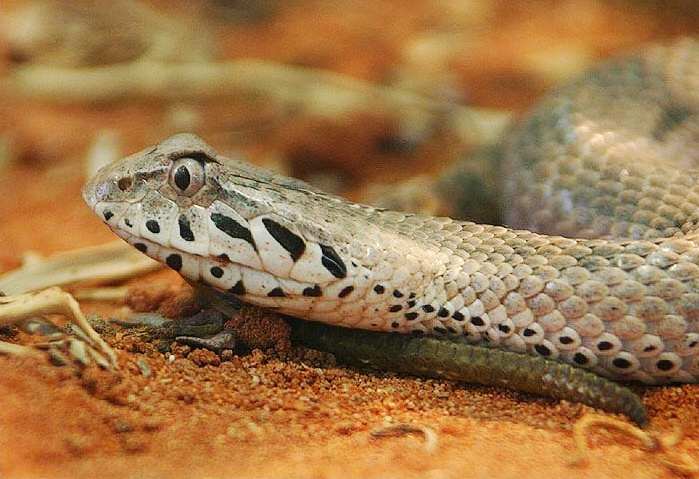
Overview
Death adders (Acanthophis spp.) are front-fanged, highly venomous snakes native to Australia, Papua New Guinea, and Indonesia. Unlike most elapids (such as cobras and mambas), they mimic vipers in behavior and appearance, making them a unique case of evolutionary convergence.
Here’s a quick summary of what makes them stand out:
- Handling and Temperament: Surprisingly calm but extremely dangerous; strikes faster than any Australian snake.
- Care and Maintenance: Low-maintenance in terms of habitat but high-risk due to venom.
- Health and Durability: Hardy and long-lived in captivity with proper care.
- Availability: Rare outside Australia; requires permits and experience.
- Cost: Affordable to purchase but legal and medical risks outweigh cost.
- Overall: A terrifyingly efficient predator, but not a pet for beginners or casual keepers.
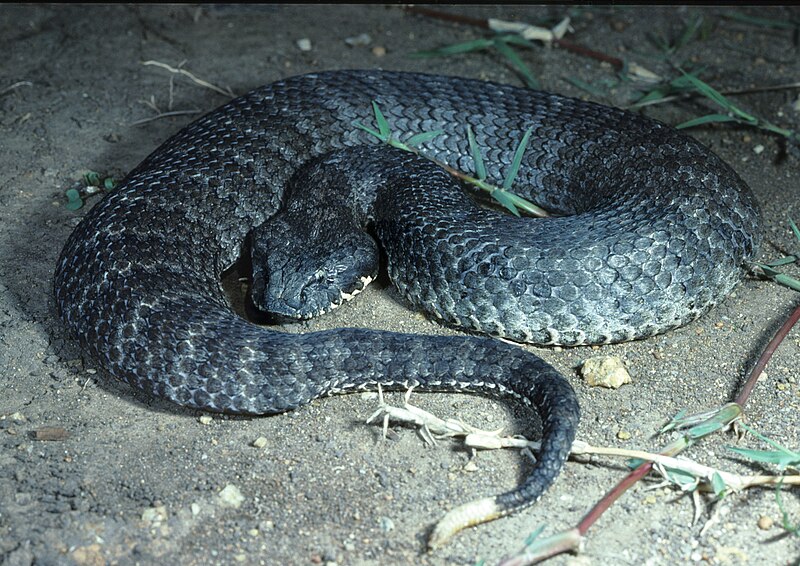
Why Choose a Death Adder?
Death adders are not pets in the traditional sense. They are highly specialized venomous snakes best suited for:
- Professional herpetologists
- Venom researchers
- Zoos and educational facilities
Their striking appearance, viper-like ambush tactics, and potent venom make them fascinating study subjects—but not household companions.
Handling and Temperament
A Deceptive Calmness
Death adders are remarkably docile when undisturbed, often sitting motionless for hours. However, this should not be mistaken for safety.
- Strike Speed: They have the fastest strike of any Australian snake, faster than even some vipers.
- Feeding Response: Their instinct to lunge at movement means accidental bites are a major risk during cage maintenance.
- Tail Luring: They use their tail as a lure to attract prey, demonstrating their ambush-hunting intelligence.
Handling? Only with Extreme Caution
- Never free-handle a Death Adder. Hooks and tongs are mandatory.
- False Sense of Security: Their relaxed demeanor can lead to carelessness, which is often fatal.
- Bite Consequences: A bite delivers neurotoxic venom that can cause paralysis, respiratory failure, and death without immediate antivenom.
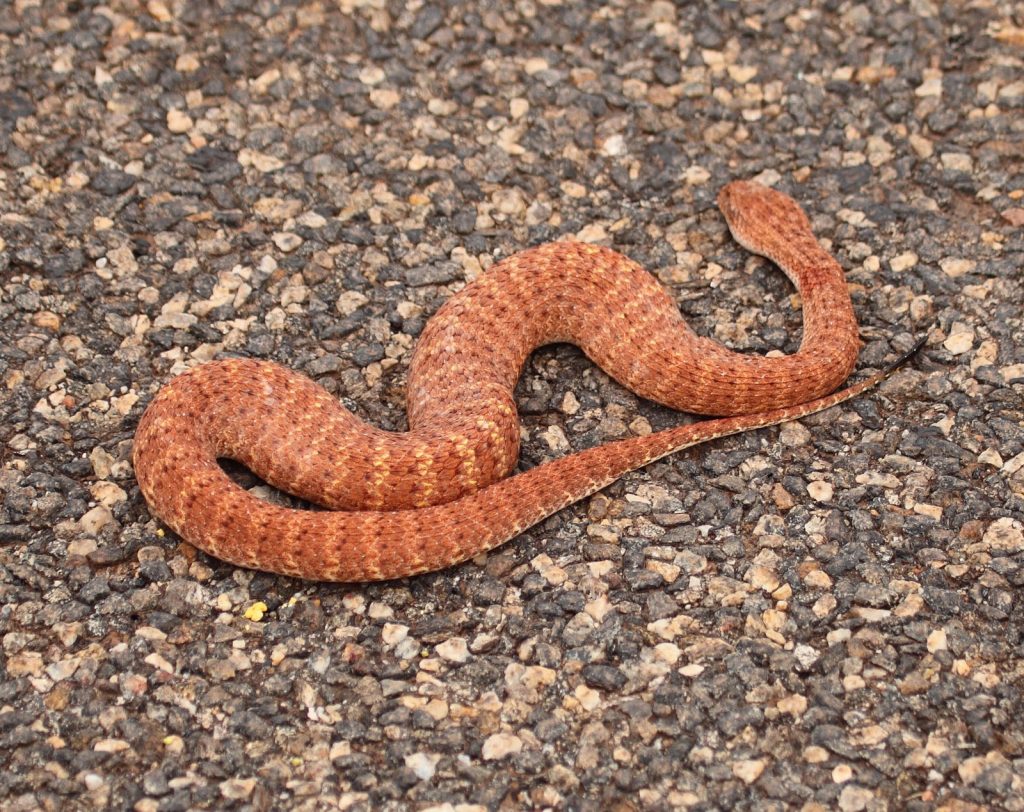
Care and Maintenance
Enclosure Setup
- Size: A 20-gallon enclosure is sufficient for one adult (they are ambush predators and don’t roam much).
- Substrate: Dry materials like aspen, sand, or paper towels (avoid humidity-heavy substrates).
- Hiding Spots: Provide secure hides to reduce stress.
- Climbing? Minimal—they are ground-dwelling ambush hunters.
Temperature & Humidity
- Day Temp: 75-85°F (24-29°C) with a basking spot of 90°F (32°C).
- Night Temp: Can drop to 70°F (21°C).
- Humidity: Low to moderate (40-60%)—avoid damp conditions.
Feeding
- Diet: Primarily rodents in captivity (live or pre-killed).
- Feeding Frequency: Once every 7-10 days (adjust for size/age).
- Caution: Their insane feeding response means accidental bites are a real risk during feeding.
Health and Durability
Common Health Issues
- Respiratory Infections (if kept too humid).
- Mites & Parasites (especially in wild-caught specimens).
- Stress-Related Problems (if handled improperly).
Lifespan
- 15-20 years in captivity with proper care.
- Hardy if kept in correct conditions, but venomous snakes require expert-level maintenance.
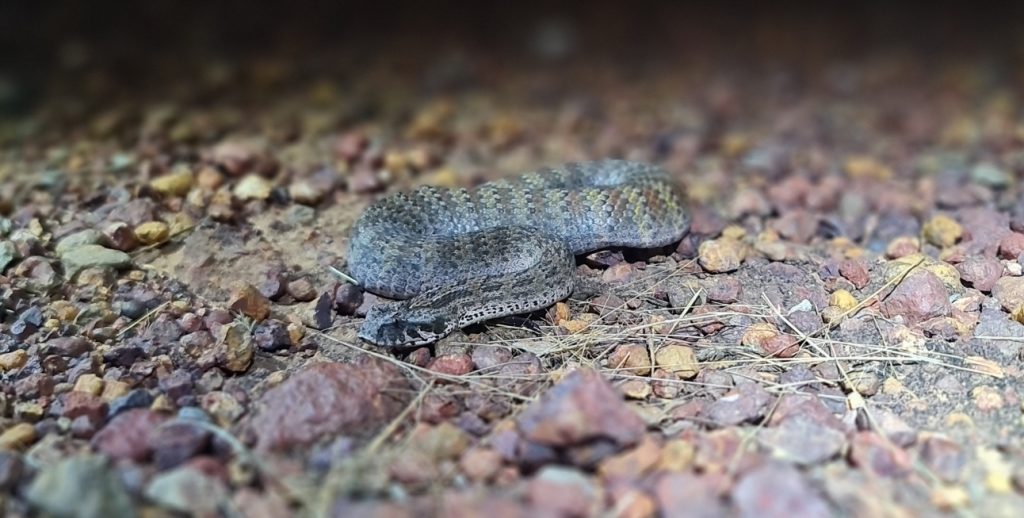
Availability and Cost
Where to Buy?
- Specialized Breeders (rare, mostly in Australia).
- Reptile Expos (if legal in your area).
- Not sold in pet stores (for good reason).
Cost Breakdown
- Snake Price: $200-$1,000+, depending on species and rarity.
- Enclosure Setup: $100-$300 (basic setup).
- Permits & Legal Fees: Vary by location (often expensive).
Pros and Cons
Pros
✔ Fascinating ambush predator behavior.
✔ Hardy and long-lived in captivity.
✔ Unique viper-like appearance (despite being an elapid).
Cons
❌ Extremely venomous—potentially fatal bite.
❌ Not for beginners (or even most experienced keepers).
❌ Legal restrictions in many areas.
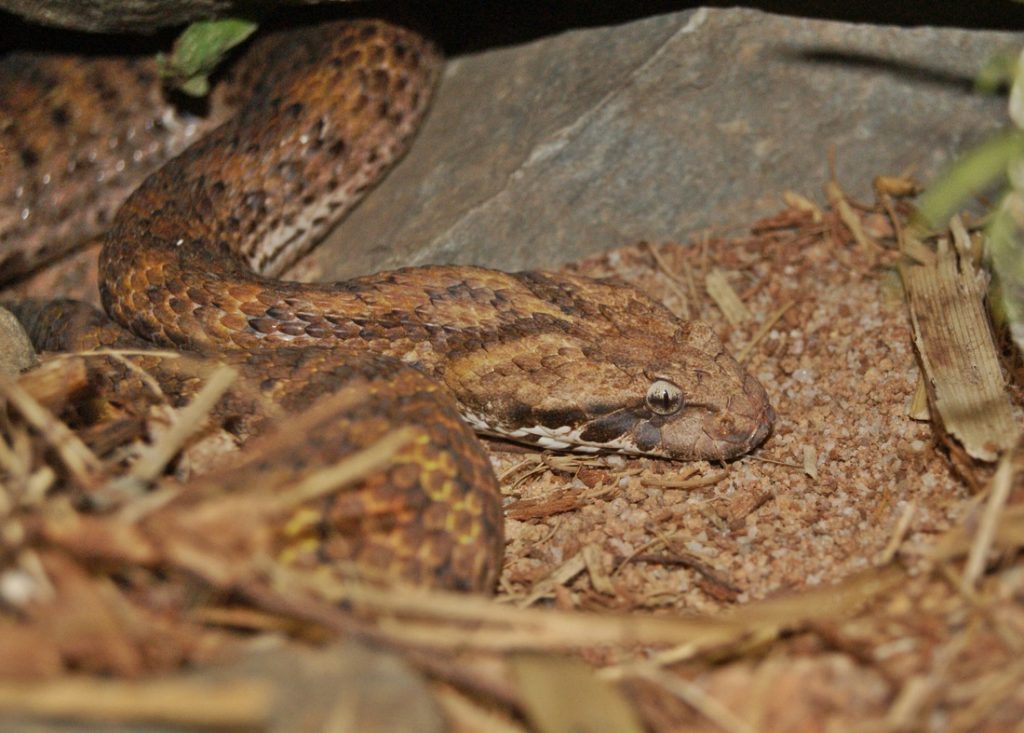
Final Thoughts
The Death Adder is a masterpiece of evolution—a snake that mimics vipers, strikes faster than almost any other, and delivers one of the most dangerous neurotoxic venoms in the world.
But is it a pet? No.
Unless you are a licensed professional, venom researcher, or zookeeper, this snake should not be kept in private collections. The risks far outweigh the rewards, and one mistake can be deadly.
For those fascinated by venomous snakes, we strongly recommend admiring Death Adders in controlled, professional environments rather than attempting to keep one at home.
Would you ever consider keeping a Death Adder? Share your thoughts in the comments! And for more reptile insights, stay tuned to our blog. 🐍
(Disclaimer: This review is for informational purposes only. Keeping venomous snakes requires permits, training, and extreme caution. Always comply with local laws.)




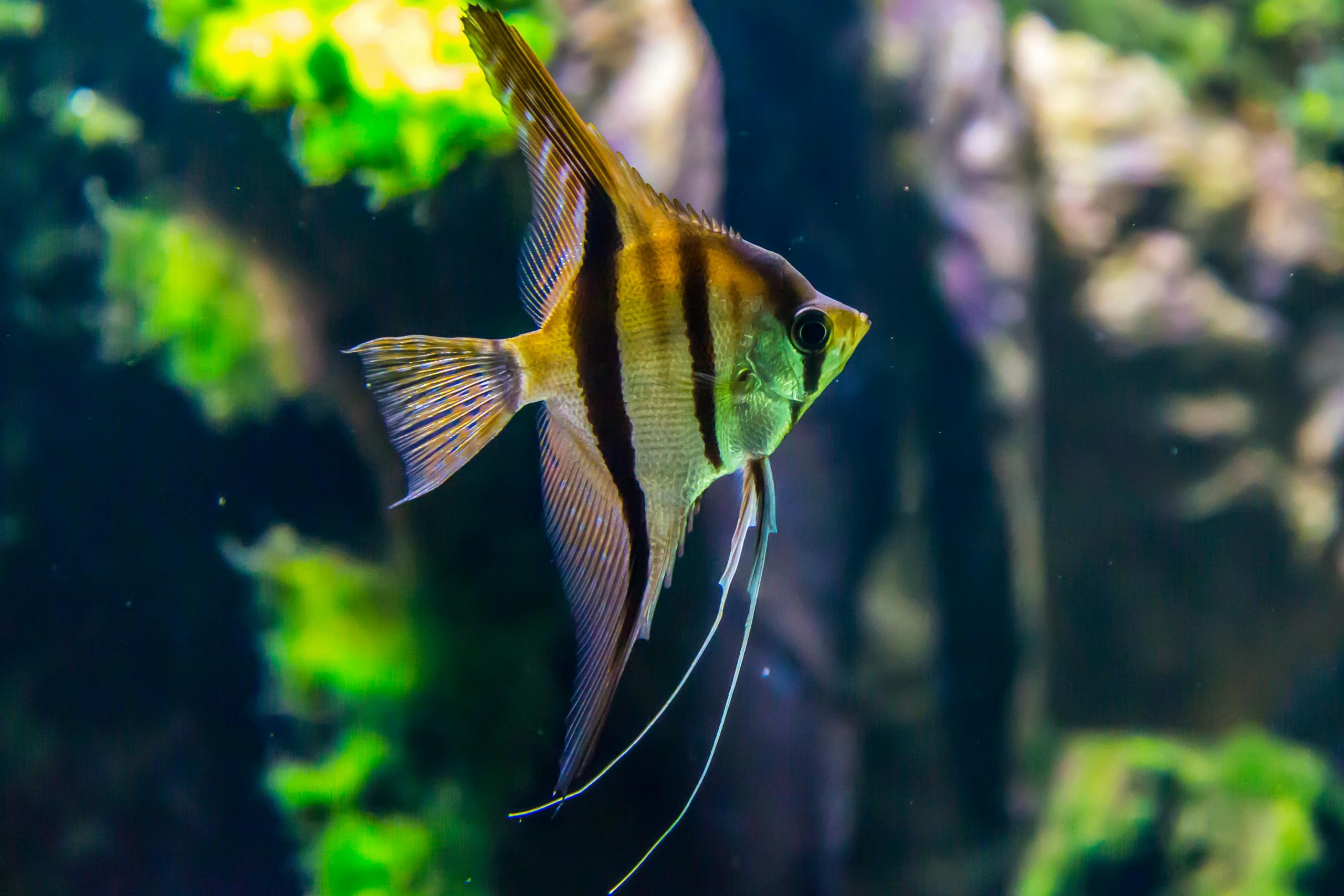
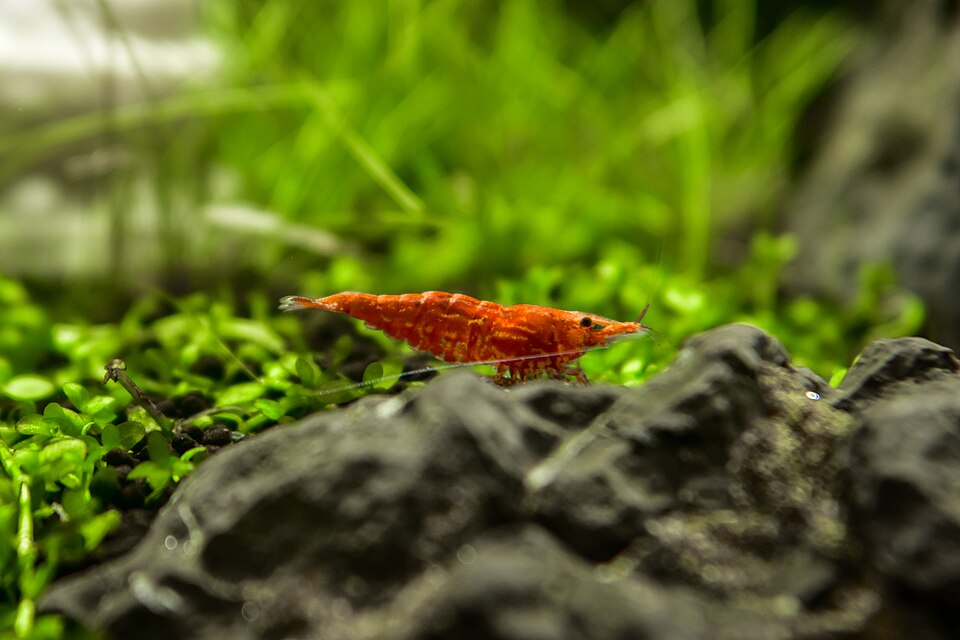

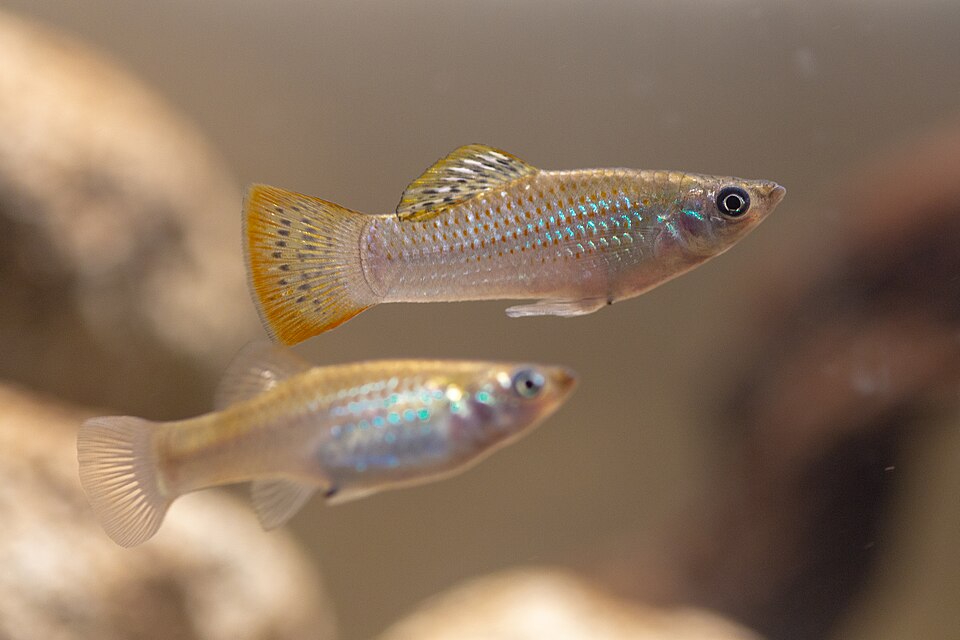
Leave a Reply